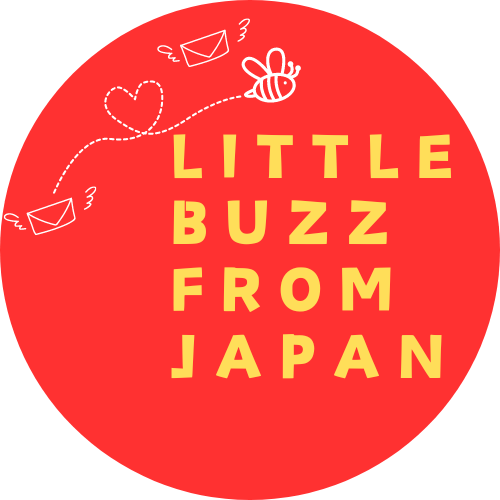**Introduction:**
In the heart of Japan lies an art form so meticulous, so intricate, and so breathtaking that it transcends borders, languages, and cultures, captivating the curiosity and admiration of Europeans far and wide. This art form? Japanese food samples, or Replica Foods. These are not mere displays; they are a silent narrative of Japan's rich culinary history, a window into the soul of its food culture. For any European interested in Japan, discovering these beautiful creations is like embarking on a gastronomic journey sans the calories but full of wonder.
**Section 1: The Craftsmanship of Replica Foods**
Food samples in Japan go beyond the realm of simple display items. Each piece is a testament to the artisan's dedication, skill, and unrivaled attention to detail. Crafted from plastic and wax, these food replicas mimic their real counterparts with astonishing accuracy - from the glistening of a perfectly seared piece of salmon to the delicate fluffiness of a freshly baked pastry. For a European enthusiast, understanding the meticulous care and time invested in creating each sample is to appreciate Japan's deep-rooted ethos of mastery and perfection in every task.
**Section 2: A Window into Japanese Culture**
For many Europeans intrigued by Japan, food samples serve as more than just eye candy. They offer a glimpse into the seasonal and regional diversity of Japanese cuisine. Each prefecture, each season brings its unique dish to the fore, beautifully represented through these samples. They tell stories of festivals, of seasons changing, of the harmony between nature and the dining table. Engaging with food samples is engaging with Japan's culinary narrative itself, a fascinating landscape for any non-Japanese observer.
**Section 3: The Allure for Collectors**
What starts as a fascination can soon turn into a beloved hobby. Many Europeans find themselves enamored by the charm of Japanese food samples, collecting them as treasured keepsakes or even attempting to craft their own. In the bustling streets of Kappabashi in Tokyo or online stores, one can find food sample kits that beckon enthusiasts from all over the world. Each piece serves as a memento, a tangible piece of Japan, bringing joy and a slice of Japanese life into European homes.
**Section 4: Bridging Cultures**
In today’s digital age, the allure of Japanese food samples has not gone unnoticed by the online community. Social media platforms and forums buzz with excitement from non-Japanese aficionados sharing their latest finds, crafting tips, or setting up trades. There's a burgeoning community of Europeans deeply interested in Japan, finding common ground and friendship over shared enthusiasm for these culinary replicas. It's a testament to how art, even in its most unassuming form, can connect people across continents.
**Section 5: Experiencing Japan through Food Samples**
For a European planning their next visit to Japan, a trip to a food sample workshop or store is a must. These places offer not just a shopping experience but an opportunity to witness the creation process, participate in workshops, and, most importantly, to engage directly with this unique aspect of Japanese culture. It's an immersive experience that promises not just souvenirs but stories to tell, a deeper understanding and appreciation of Japan that goes beyond the surface.
**Conclusion:**
The fascination with Japanese food samples among Europeans is more than just an admiration for their aesthetic appeal. It's a deep-seated appreciation for the artistry, culture, and connection these replicas foster. Engaging with them is not just about collecting objects; it's about immersing oneself in the rich tapestry of Japanese culture and, in the process, bridging the gap between Europe and Japan. As more non-Japanese individuals fall in love with Replica Foods, it's clear that this unique art form has the power to enchant, educate, and bring people together, transcending language and geography.
---
Crafting articles that cater to niche interests requires threading the delicate balance between depth and accessibility. For European enthusiasts entranced by the world of Japanese food samples, this journey into the art, culture, and community signifies a deeper narrative—a shared human interest in the beautiful and meticulous, a testament to the universal language of art and fascination that knows no borders.
